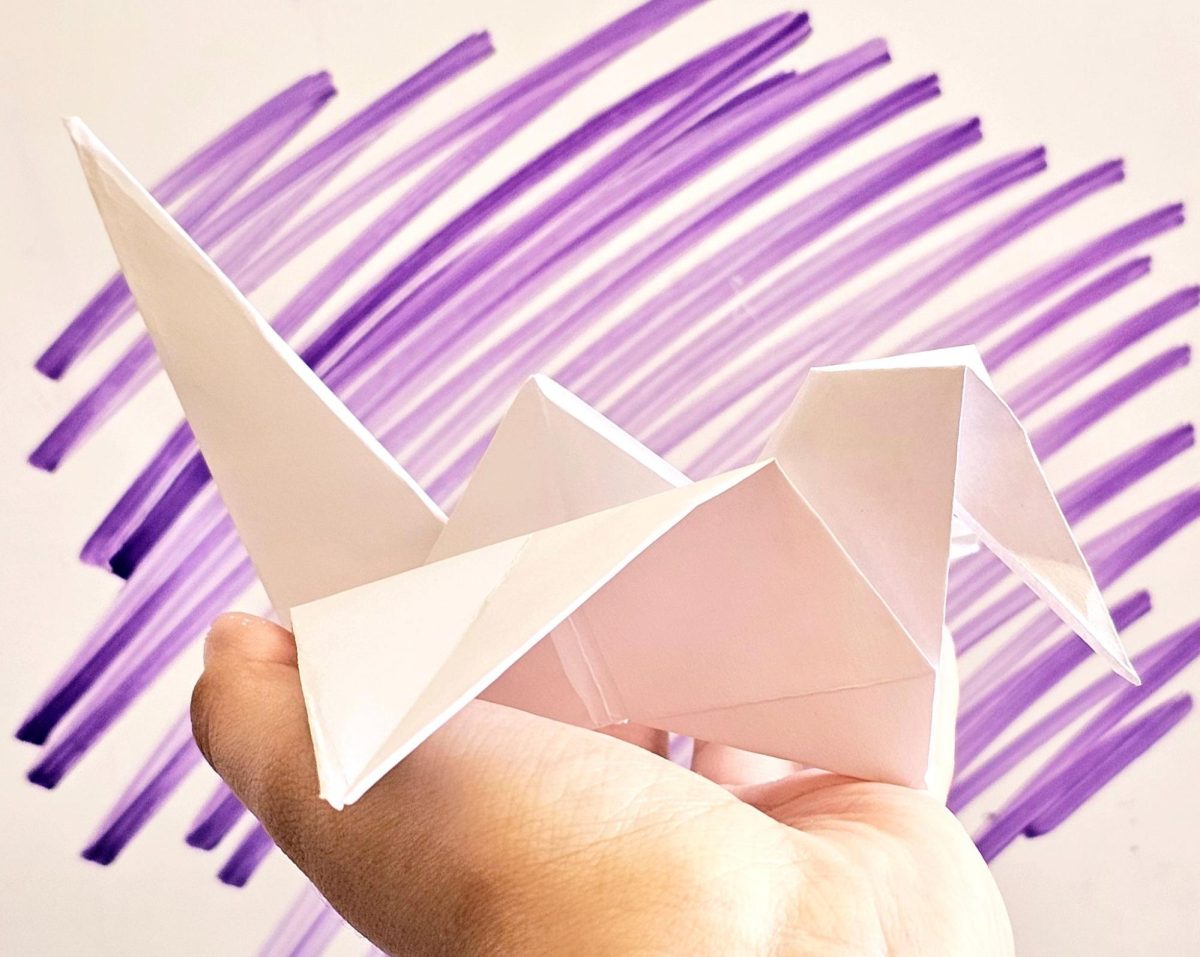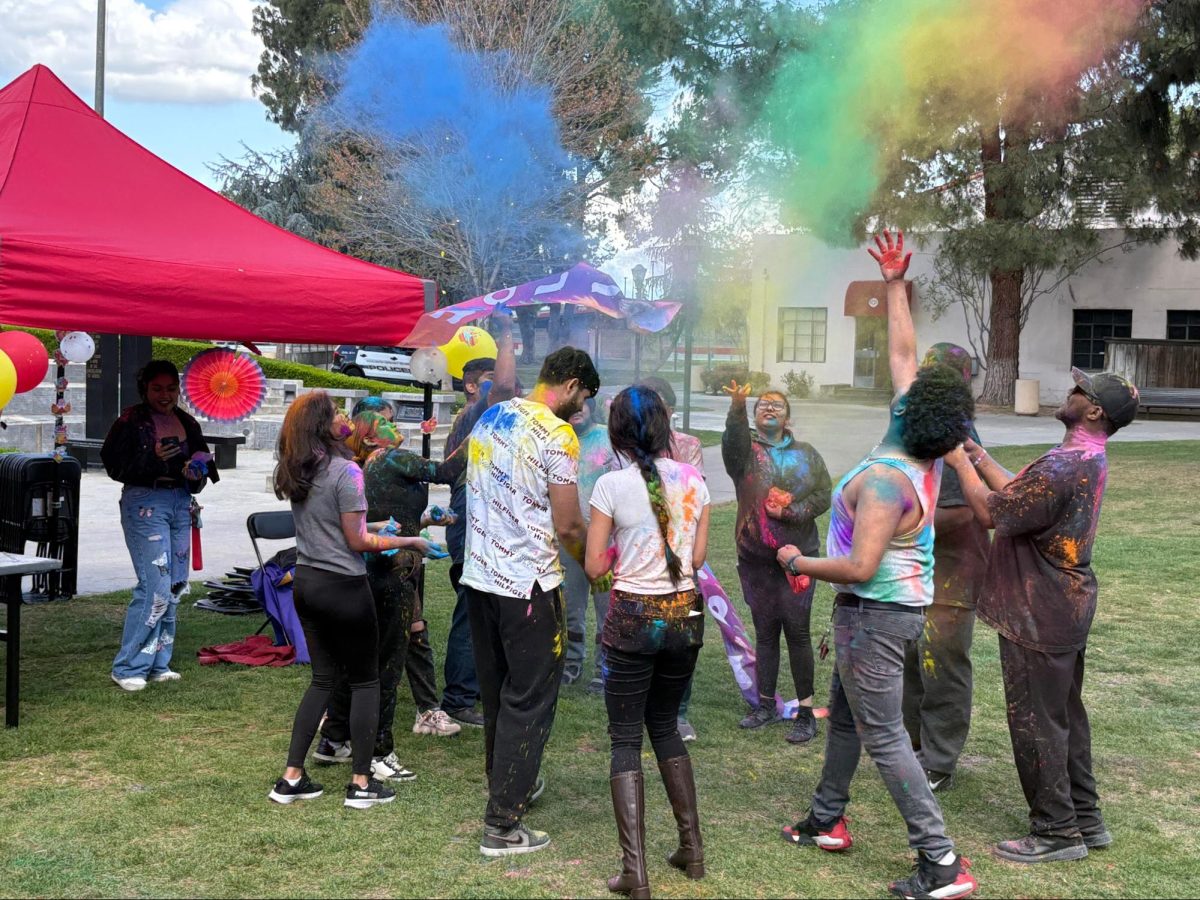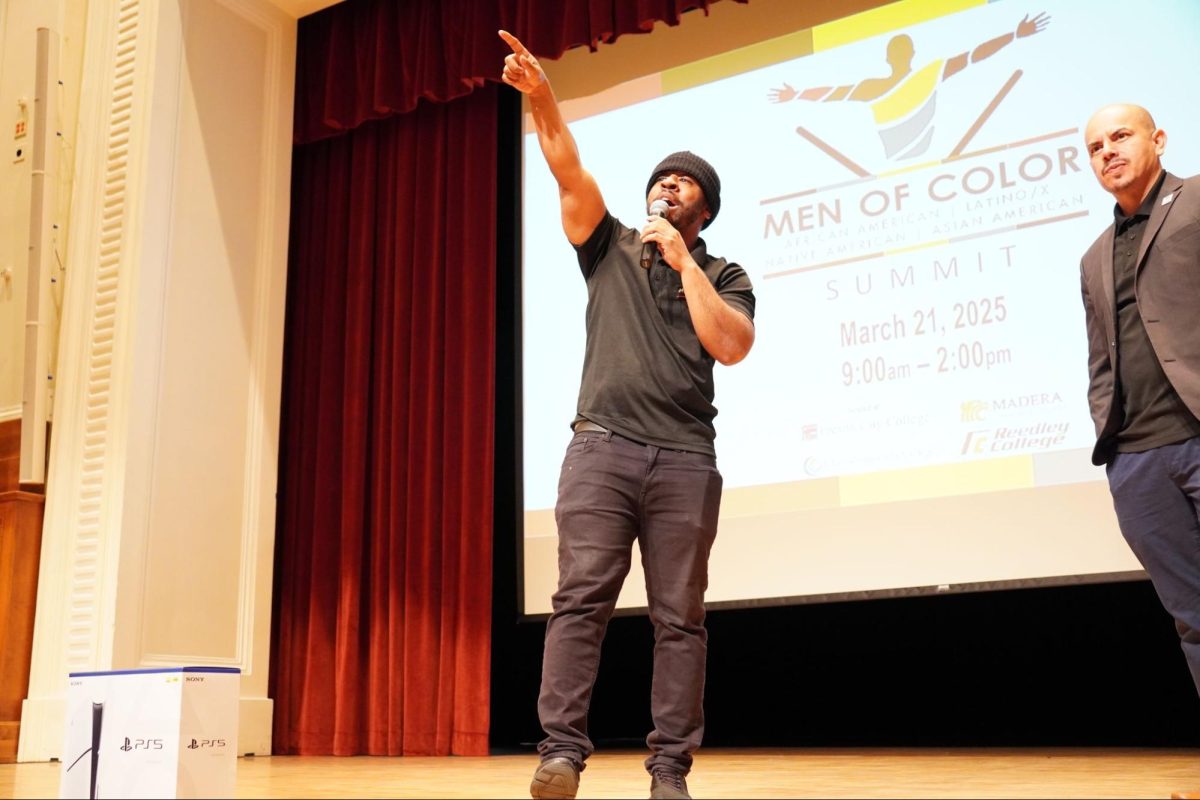As an English speaker it takes roughly 700 hours to learn Spanish. If someone studies an hour a day, then in two years they could speak fluent Spanish, according to the U.S. Department of State.
Those who want to learn a language should use the “Refold method,” a method of language learning that requires dedication and consistency. This approach only has two steps, with the addition of it being free and suppose to be enjoyable.
In school, languages require more output than input. Students are asked to “output” speech and writing. Confusion results from having little existing knowledge of the language. “Input” is the process of taking in a language, normally through reading, listening and watching.
This method focuses more on input rather than output. The idea is similar to how a baby learns a language. They hear from the world around them, not with grammar or worksheets. The learner will focus on listening, watching and reading, not speaking or writing for quite a while.
Those who want to speak and communicate early on into their learning may not prefer this method. Output is generally not recommended early on unless it is for practicing their accent.
Step 1. A Spaced Repetition System
A spaced repetition system typically deals with flashcards, which works by phasing out learned words and phrases. The system will show a word to learn that reappears periodically until the word is in your deep memory, slowly phasing itself out to allow memorization for new words.
This system could benefit many students and learners. Anki is a spaced repetition phone and computer app that allows users to find various decks for any subject to help with deep memorization. Many medical and biology students use Anki to help with memorizing in subjects such as anatomy.
A similar app, Memrise, focuses on language learning. Someone could use physical flashcards, but these apps are streamlined to help the learner save time. Decks with thousands of words can be downloaded and their algorithms figure out when to phase out learned words.
Step 2. Optimal Input
Each day, the person should be learning about five to ten new words with the spaced repetition system. Once that is accomplished, it’ll be time to move on to watching and listening. In the beginning, input should be challenging but the information should be understandable. The input should be enjoyable to the learner, as they can learn through cartoons, movies, books, reality TV etc.
The Refold method also involves phases. It details each phase’s rough hourly length and how the learner might want to start challenging themselves at certain points.
While some follow these phases, it’s common for many to set up their Anki flashcard deck with 2,000 of the most common words. Then they put on some children’s cartoons in the target language and repeat until they are ready to try more difficult but rewarding material.
Many learners still use some textbooks, but don’t focus on it like most language classes would. Understanding some of the basic grammar and foundations of what language someone is learning can help make input quicker to understand in the beginning.
A quick search into the Refold YouTube channel will give in-depth information about language learning using their method, online resources and connect with others who are also learning languages.







